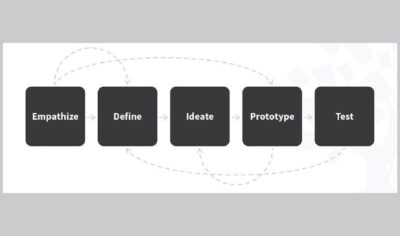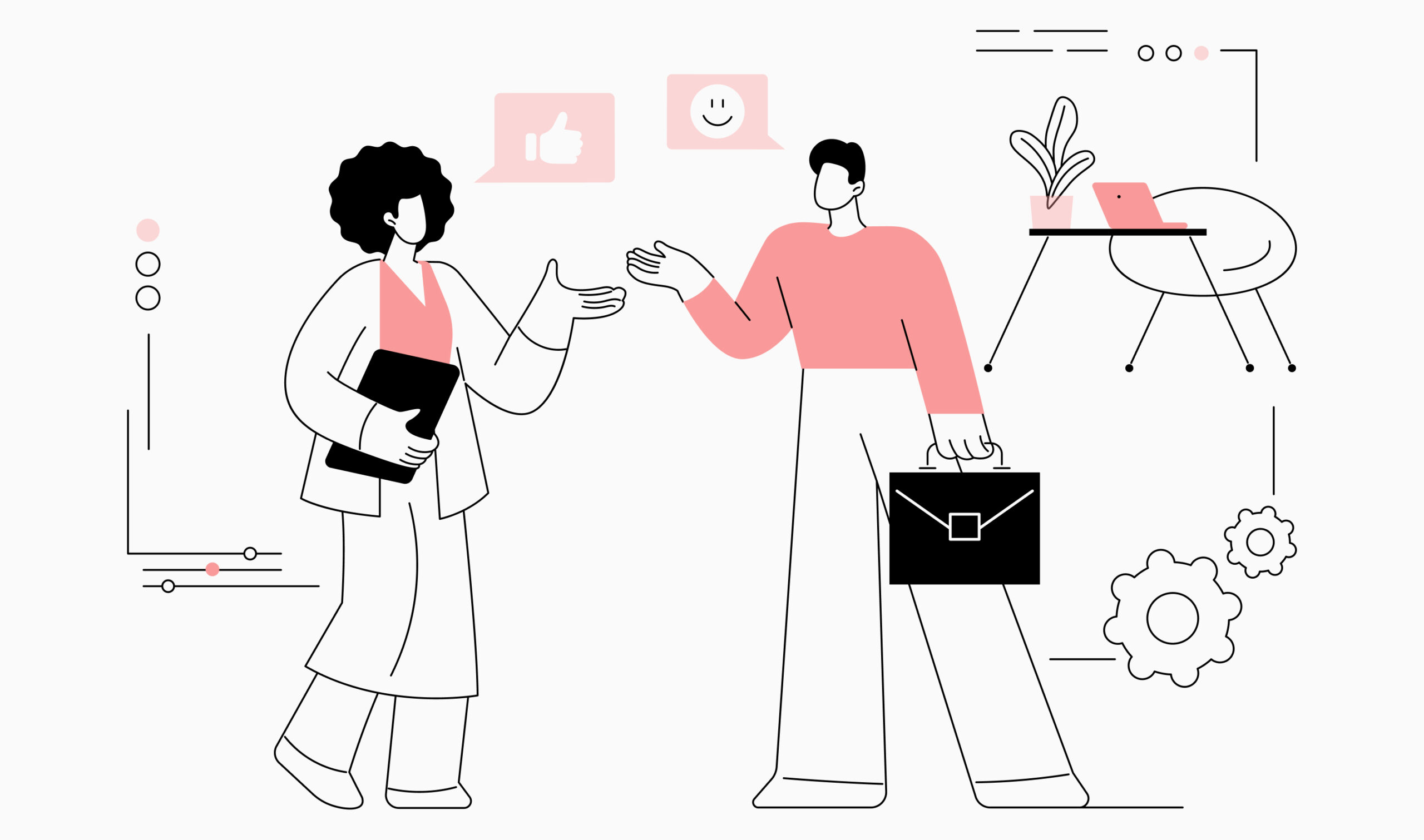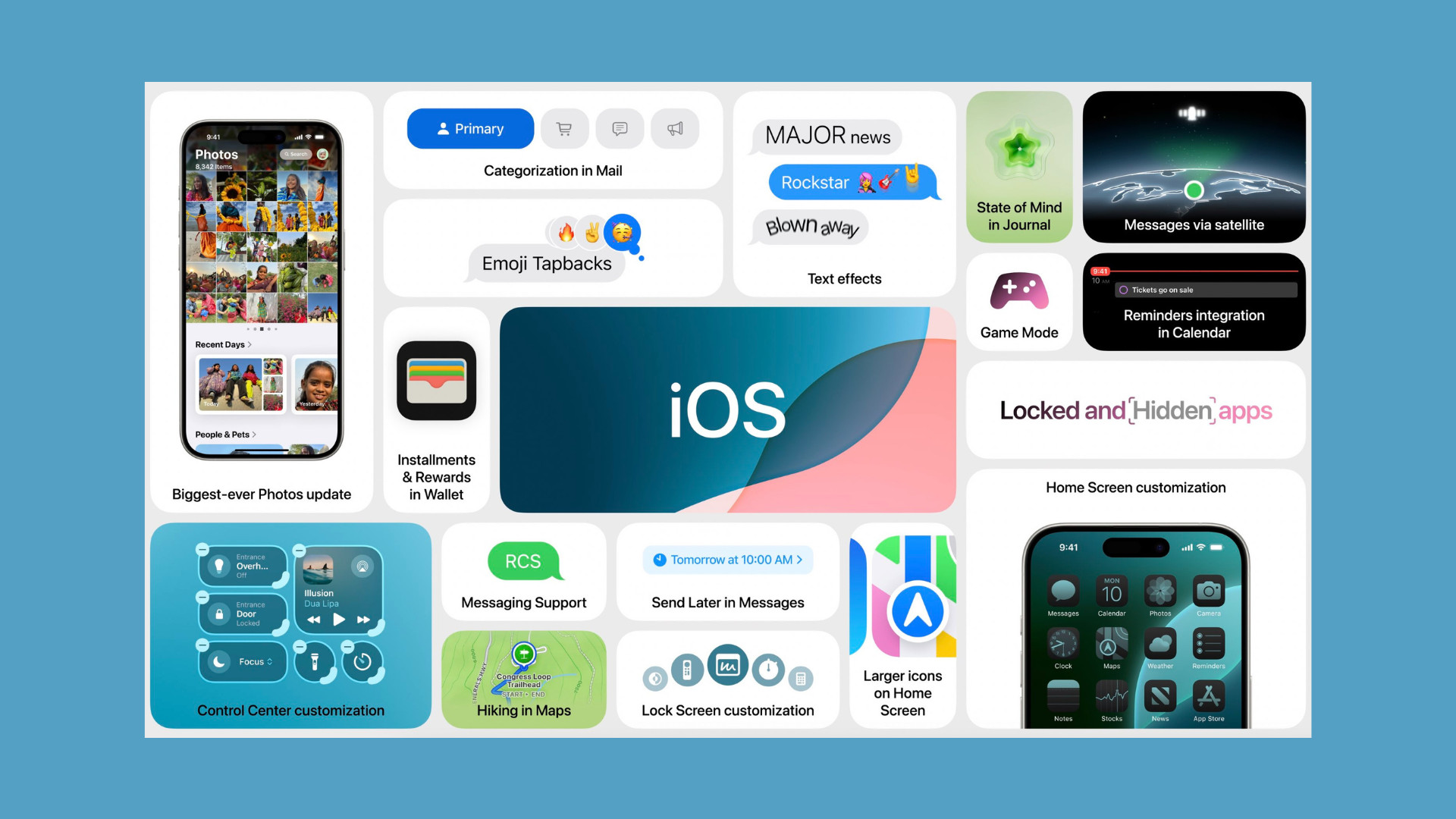
Liquid Glass: Apple’s Subtle Masterstroke Toward a Spatial Digital Future
When Apple introduced “Liquid Glass” across its platforms with iOS 18, macOS Sequoia, and the broader ecosystem of updates, it wasn’t just another coat of digital paint. No, this wasn’t about making things prettier—it was Apple quietly laying the groundwork for something deeper: a new way of thinking about interaction. A design shift not toward novelty, but toward intuition.
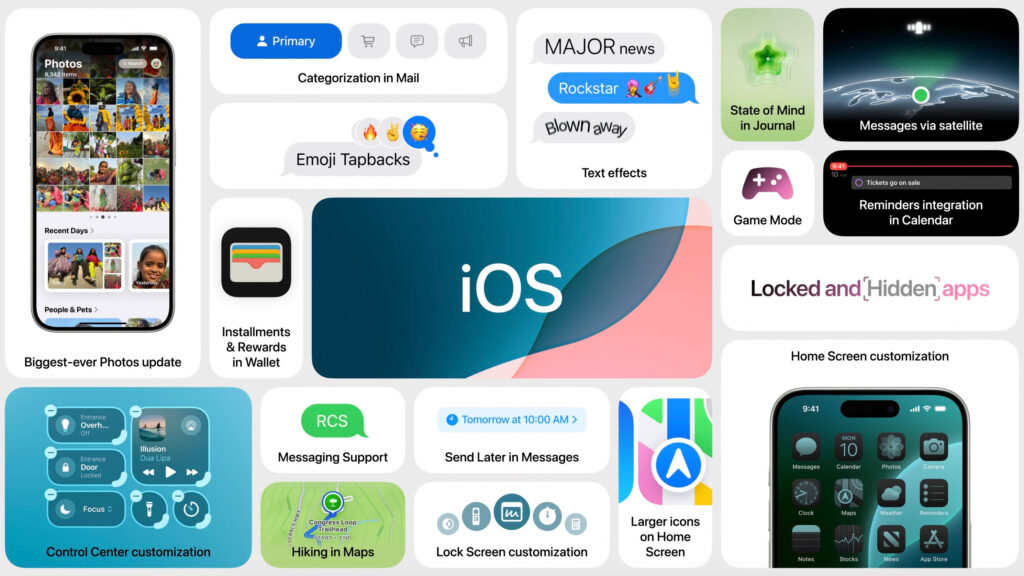
Let’s dive into why this change is more meaningful than it might first appear and what it tells us about where Apple is steering the digital experience.
Table of Contents
What Is Liquid Glass?
Imagine a UI element that feels like a sheet of translucent glass but it’s alive. It bends light, refracts content behind it, and subtly shifts with motion. This is Liquid Glass: a material that feels like it has presence. It’s not just background blur, it responds to light and movement like an object with physical properties.
From Control Center cards on iOS to notifications on the Mac, Liquid Glass now appears across nearly all Apple operating systems. The look is ethereal, almost futuristic yet somehow familiar.
But the deeper brilliance? It creates depth without the need for 3D glasses or expensive hardware. It trains your brain to see space in software. That’s important. Really important.
Why Liquid Glass Matters More Than It Looks
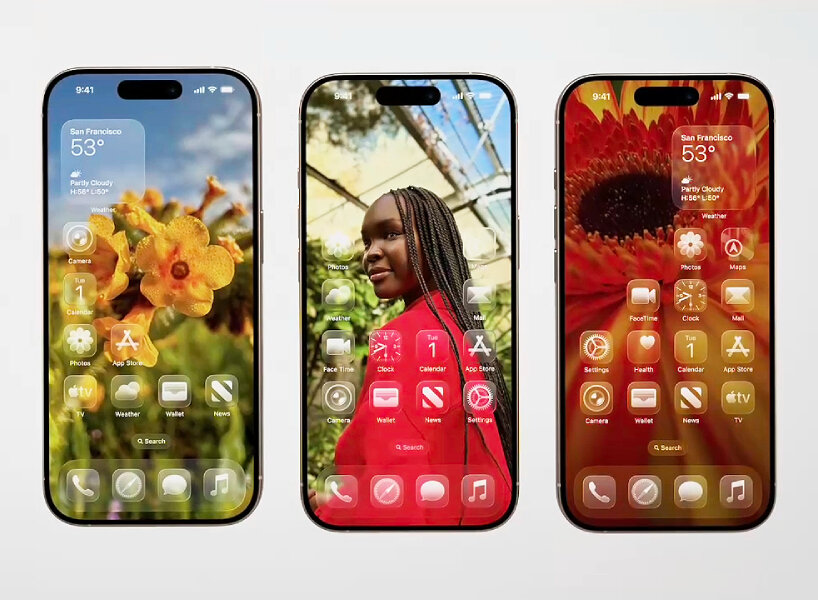
1. It’s a Visual Language of Depth
Historically, we’ve relied on contrast, size, and color to signal hierarchy in digital design. Now, Apple is introducing a fourth dimension: depth. Liquid Glass gives visual clues about what’s on top, what’s below, and what’s close or far.
The blur, transparency, and motion simulate spatial relationships in a way that feels instinctive. Your eyes adjust naturally because it mimics how we understand the real world. This isn’t eye candy; it’s visual grammar.
2. It Prepares Us for the Spatial UI Era
Apple Vision Pro, and the broader move toward spatial computing, isn’t an isolated experiment. Liquid Glass is a training ground. Apple is building a bridge between flat screens and 3D environments not by forcing change, but by easing us in.
With these new interfaces, you’re not just tapping screens, you’re navigating spaces. Liquid Glass introduces that concept gently. It whispers: “Hey, your screen has layers now. Get used to it.”
3. A New Kind of Tactile Digital Experience
Here’s something designers will love: Liquid Glass brings feel to flat surfaces. Not literally tactile, but emotionally tactile. It simulates weight, motion, and texture in a way that’s unusually grounded for a screen.
It’s glass that feels soft. That sounds like a contradiction, but it works. It invites interaction, making the digital world feel more like a thing you can touch even when you’re just swiping a screen.
But It’s Not Without Its Critics
Aesthetics vs. Function
Some designers say Liquid Glass is overdesigned: too much blur, too much softness, too little contrast. There are concerns about readability, particularly for accessibility. Early betas of iOS 18 received feedback about controls being hard to discern.
Apple responded quickly. In later betas, elements like Control Center became more opaque. That’s Apple walking a tightrope: balancing beauty with usability.
Not Everyone Wants the Glassy Look
Let’s be honest, some users just prefer flat, bold interfaces. Liquid Glass may feel too ethereal or “washed out” for people who love sharp definition. Thankfully, Apple offers accessibility settings to reduce transparency, giving users a choice.
But even for those not excited by the look, the underlying design language is worth paying attention to. It’s not just about how it looks—it’s about how it teaches you to move through digital space.
What Designers and Creators Should Take Away
Think in Layers
Start imagining your designs not just as pages, but as depth maps. What’s in the foreground? What’s in the back? How can blur or shadow suggest importance?
Use Motion as Context, Not Decoration
Liquid Glass isn’t about flashy animation, it’s subtle. Motion communicates hierarchy and continuity. You can borrow that principle in any interface: let things move like they mean something.
Respect Transparency, but Use It Wisely
Blur can guide the eye but overuse creates visual fatigue. Apple’s approach shows that transparency works best in moderation, with intention.
Design for Now, but Build for What’s Next
Even if you’re not designing for spatial computing today, Liquid Glass hints at where UI is going. Preparing now means thinking about how users will understand space and interaction in the future on screens and beyond.
Final Thoughts: A Quiet, Profound Shift
Apple’s Liquid Glass isn’t just an aesthetic trend. It’s the beginning of a more tactile, spatial digital experience. By wrapping technical innovation in elegance and restraint, Apple is doing what it does best: nudging the industry forward while grounding us in familiar beauty.
As designers, creators, and curious thinkers, we’d be wise to pay attention. Because in the glassy blur, there’s a very sharp message:
The future of digital design isn’t flat. It’s dimensional. It’s tactile. It’s deeply human.
And Liquid Glass is the gentle knock on the door telling us it’s already begun.
Take your company to the next level and get results with our world class user experience, interface design and implementation.
Get a FREE 30 min Strategy Session
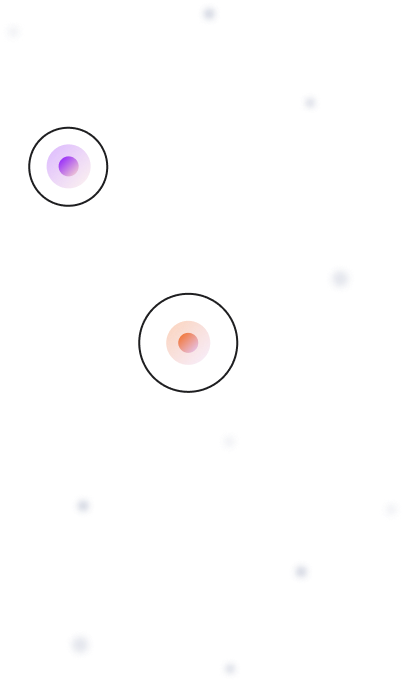
Related posts
Prototyping: A Startup Founder’s Secret to Success
We’ve had so many grass-root startups come up to us with an extraordinary product idea but don’t know where to […]
Raw Studio acquires Jellypepper to expand its reach to the startup ecosystem
Some special news today! We’re announcing our acquisition of Jellypepper, a specialist creative agency based in Surry Hills. Jellypepper was […]
Design Psychology: 4 Principles that Empower Designers – Part 1
“Designers are psychology scientists with a pen.” You might not know it yet, but you beautiful designer, have an almighty […]
Creative product design that gets results
Take your company to the next level with world class user experience and interface design.
get a free strategy session
